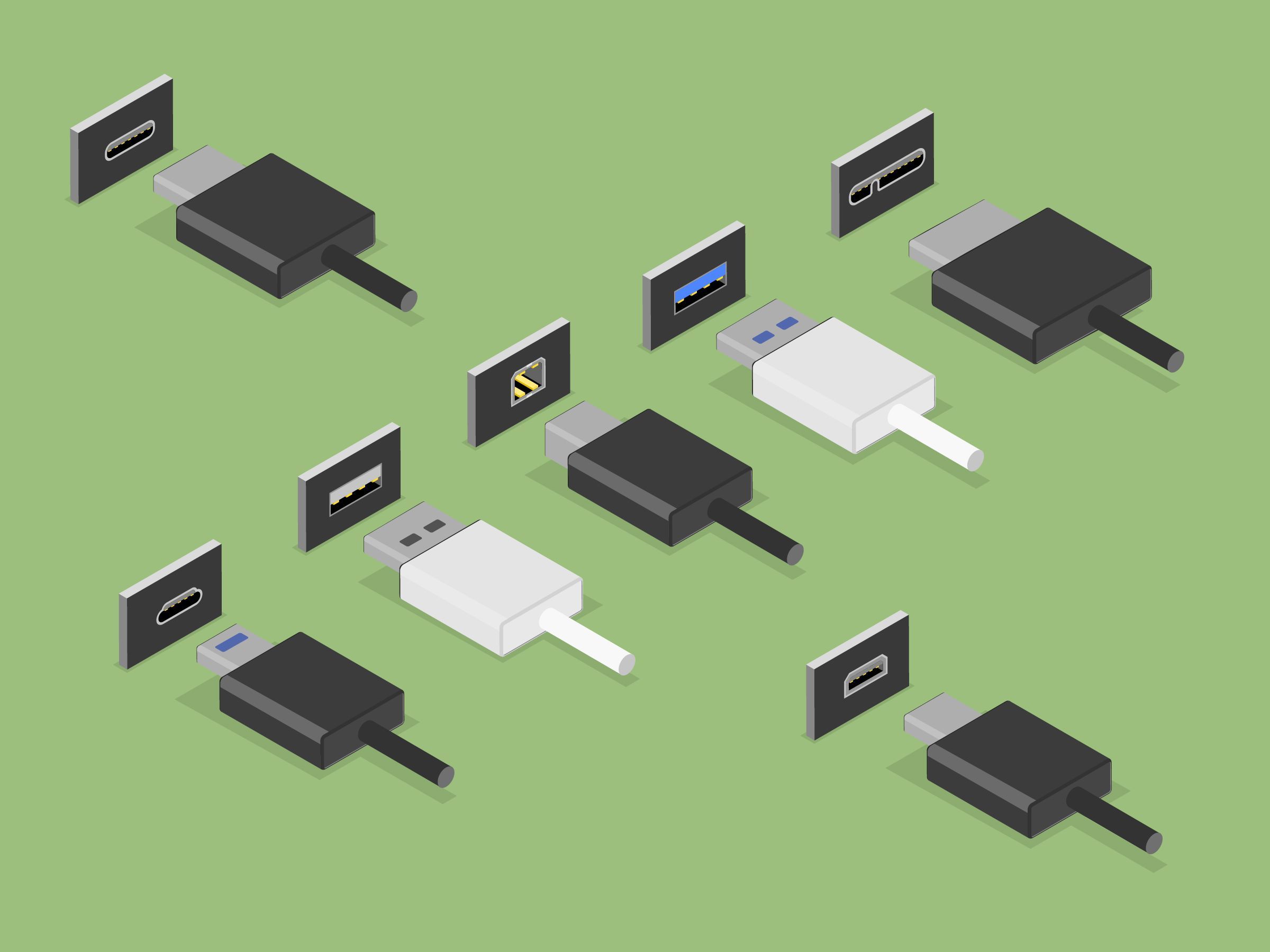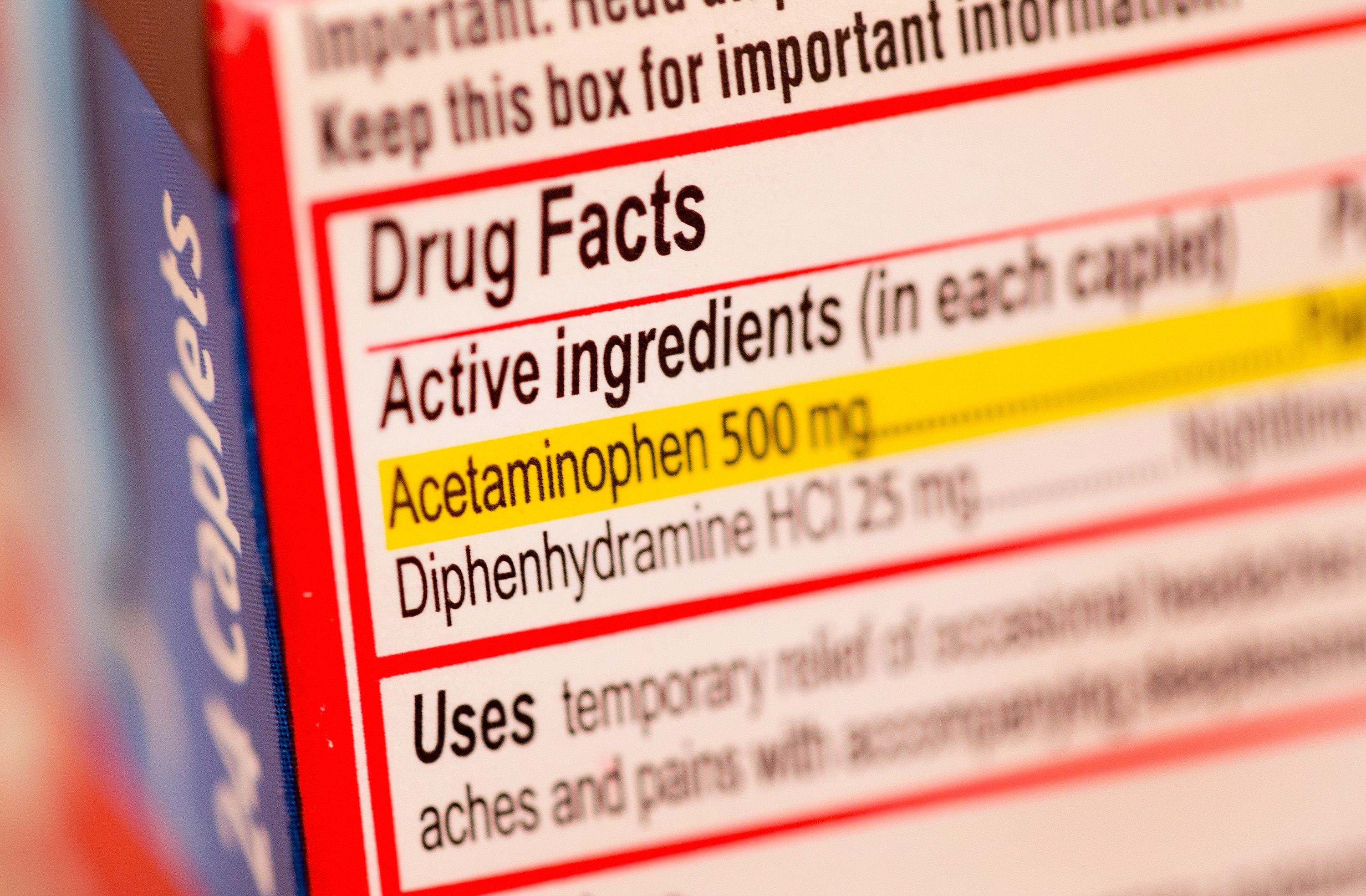Everything You Need to Know About USB Ports and Speeds (2025)
Everything You Need to Know About USB Ports and Speeds (2025)
USB (Universal Serial Bus) ports are a common feature on most electronic devices today,…

Everything You Need to Know About USB Ports and Speeds (2025)
USB (Universal Serial Bus) ports are a common feature on most electronic devices today, including computers, printers, cameras, smartphones, and more. They allow for the easy transfer of data between devices or for charging purposes.
There are several types of USB ports, including USB-A, USB-B, USB-C, and micro-USB. Each type has different physical shapes and sizes, as well as varying data transfer speeds and power capabilities.
USB 2.0 is one of the oldest and most common types of USB ports, offering data transfer speeds of up to 480 Mbps. USB 3.0, introduced in 2008, has faster speeds of up to 5 Gbps, while USB 3.1 and USB 3.2 offer even higher speeds of up to 10 Gbps and 20 Gbps, respectively.
USB-C is the newest and most versatile type of USB port, featuring a reversible connector that allows for easier and faster data transfer. USB-C ports also support faster charging and power delivery, making them ideal for modern devices like laptops and smartphones.
It’s important to note that not all devices are compatible with the latest USB ports and speeds. Older devices may only support USB 2.0 or 3.0, while newer devices are starting to adopt USB-C as the standard.
When choosing a USB port or cable for your devices, it’s essential to consider the type, speed, and compatibility with your devices to ensure optimal performance and efficiency.
In conclusion, understanding the different types of USB ports and their speeds is crucial for maximizing the capabilities of your electronic devices. Stay ahead of the curve by staying informed about the latest advancements in USB technology.






